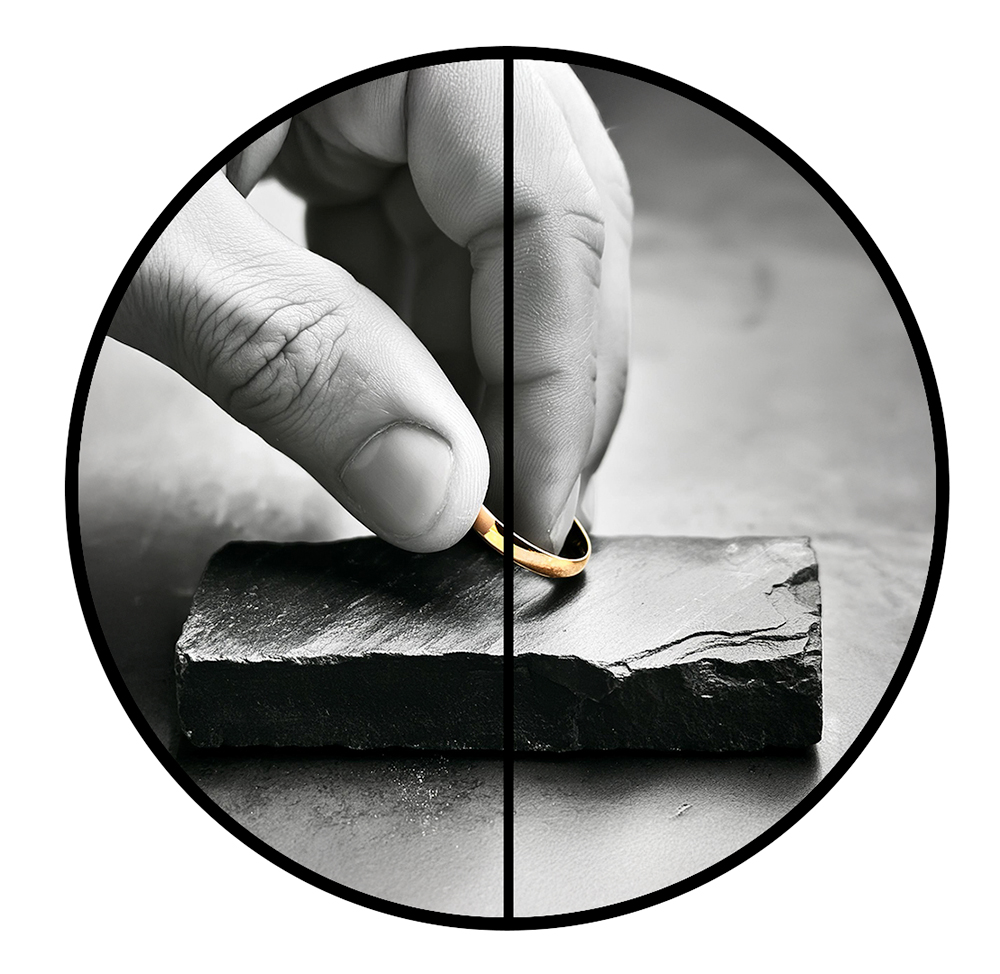Chapter 8
 Matthew 8:6
Matthew 8:6

καὶ λέγων, Κύριε, ὁ παῖς μου βέβληται ἐν τῇ οἰκίᾳ παραλυτικός, δεινῶς βασανιζόμενος.
RBT Greek Interlinear:
|
Strongs 2532
[list] Λογεῖον Perseus kai καὶ and Conj |
|
Strongs 3004
[list] Λογεῖον Perseus legōn λέγων he who is saying V-PPA-NMS |
|
Strongs 2962
[list] Λογεῖον Perseus Kyrie Κύριε Master N-VMS |
|
Strongs 3588
[list] Λογεῖον Perseus ho ὁ the Art-NMS |
|
Strongs 3816
[list] Λογεῖον Perseus pais παῖς little boy N-NMS |
|
Strongs 1473
[list] Λογεῖον Perseus mou μου of myself PPro-G1S |
|
Strongs 906
[list] Λογεῖον Perseus beblētai βέβληται he has been cast V-RIM/P-3S |
|
Strongs 1722
[list] Λογεῖον Perseus en ἐν within Prep |
|
Strongs 3588
[list] Λογεῖον Perseus tē τῇ the Art-DFS |
|
Strongs 3614
[list] Λογεῖον Perseus oikia οἰκίᾳ house N-DFS |
|
Strongs 3885
[list] Λογεῖον Perseus paralytikos παραλυτικός paralyzed Adj-NMS |
|
Strongs 1171
[list] Λογεῖον Perseus deinōs δεινῶς urgently Adv |
|
Strongs 928
[list] Λογεῖον Perseus basanizomenos βασανιζόμενος he who is tormenting V-PPM/P-NMS |
RBT Hebrew Literal:
And he who is saying, "Master, the Child of myself has been thrown within the House paralyzed, he who is grievously touchstone-tortured!"

βασανίζω basanizó - test by touchstone.
Ancient touchstones were typically made of fine-grained, dark-colored stones such as slate, jasper, or lydite (a type of dark siliceous stone). These stones provided a good contrast for the gold streaks. The gold or silver to be tested, such as a coin or jewelry, was rubbed against the touchstone, leaving a streak of metal on its surface. This streak contained small particles of the metal being tested. Acidic substances would then be applied by goldsmiths and traders to observe the reaction of the acid with the gold streak. If the streak fades or disappears, it indicates the presence of other metals in the alloy, and the degree of the reaction can give an estimate of the gold's purity. Pure gold would show no reaction.
Ancient touchstones were typically made of fine-grained, dark-colored stones such as slate, jasper, or lydite (a type of dark siliceous stone). These stones provided a good contrast for the gold streaks. The gold or silver to be tested, such as a coin or jewelry, was rubbed against the touchstone, leaving a streak of metal on its surface. This streak contained small particles of the metal being tested. Acidic substances would then be applied by goldsmiths and traders to observe the reaction of the acid with the gold streak. If the streak fades or disappears, it indicates the presence of other metals in the alloy, and the degree of the reaction can give an estimate of the gold's purity. Pure gold would show no reaction.
Julia Smith Literal 1876 Translation:
And saying, Lord, my servant has been laid up in the house a paralytic, being grievously tormented.
And saying, Lord, my servant has been laid up in the house a paralytic, being grievously tormented.
LITV Translation:
and saying, Lord, my boy has been laid in the house, a paralytic, being grievously tormented.
and saying, Lord, my boy has been laid in the house, a paralytic, being grievously tormented.
ESV Translation:
“Lord, my servant is lying paralyzed at home, suffering terribly.”
“Lord, my servant is lying paralyzed at home, suffering terribly.”